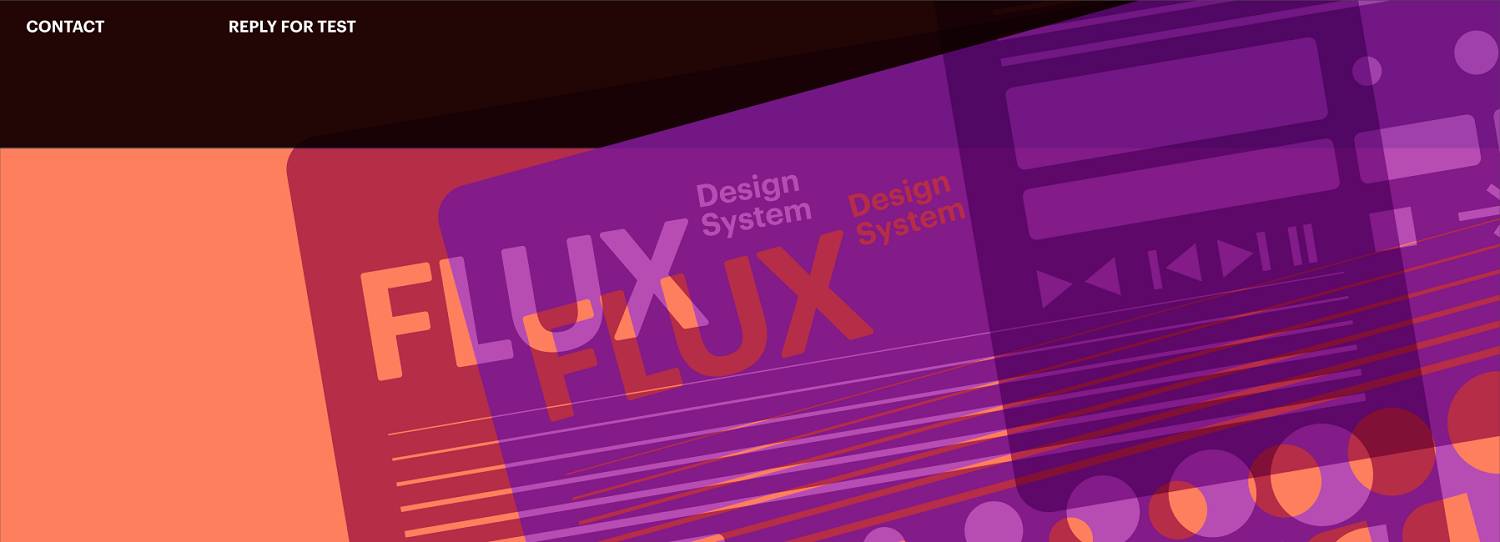A Design System as Single Source of Truth

Company silos: The problem with achieving consistency
Companies with a focus on digital products today face the challenge of creating a uniform user experience and consistent design across many touchpoints and products. However, scaling design in this way does not come easily. Behind the product landscape of a company are a multitude of teams and stakeholders, some of whom are in close contact with each other, but who are much more often stuck in the frequently invoked “corporate silos” and have little to do with each other.
If you look at the underlying processes, a central design artefact such as a sketch library or a style guide often serves as a “set of rules”. It structures the design, but does not synchronise it with development. In the end, such an artefact remains a mere template that each product team “rebuilds” anew. In the effort to achieve visual consistency, friction losses and redundancies occur quickly, which can cause high costs. Design updates are delayed or only partially implemented. Last but not least, teams lose valuable time that could be invested in improving the quality of the products.
In view of this extra effort, we asked ourselves: Does every team really have to reinvent the wheel? Of course not. And that’s why, together with our customers, we have developed design systems that bring design and code together and thus not only lead to a significant return on investment, but also have numerous other positive effects. We have compiled the advantages for you.

Return on Investment of design systems
6 Benefits of using design systems
In developing design systems with corporate clients we now can present some insight in the topic. In our opinion, these are the most important benefits of using a design system:

In practice, redundancies repeatedly arise between design and frontend development: UX design artefacts have to be rebuilt in the process, which leads to errors and increased workload. A design system closes this gap as a single source of truth, so that these problems are a thing of the past.
Our experience with introducing a design systems
As a single source of truth and participative element, a design system can sustainably close the gap between design and development. In addition to increased efficiency and better quality, it brings other side effects that have a positive impact on collaboration and design culture in the company. Nevertheless, it is hardly surprising that the introduction of a design system, especially in a large corporation, is an extensive project that cannot be accomplished in one fell swoop. In this regard, we have had good experiences with driving the development forward within individual projects or teams, which then act as ambassadors in the group. In this setting, feedback, data and experience on the impact of the system can be collected and components developed that can then be rolled out relatively easily in other teams.

